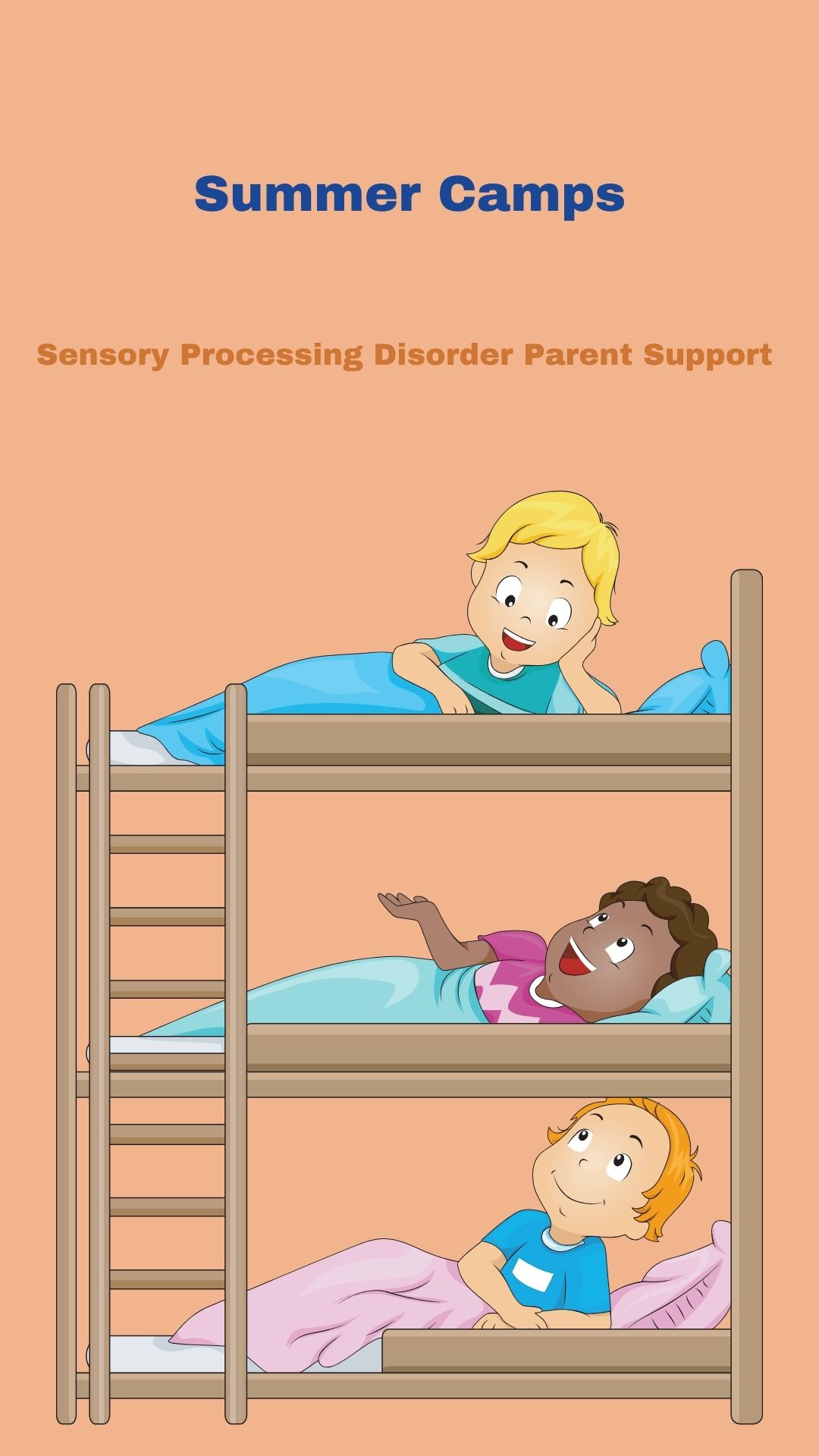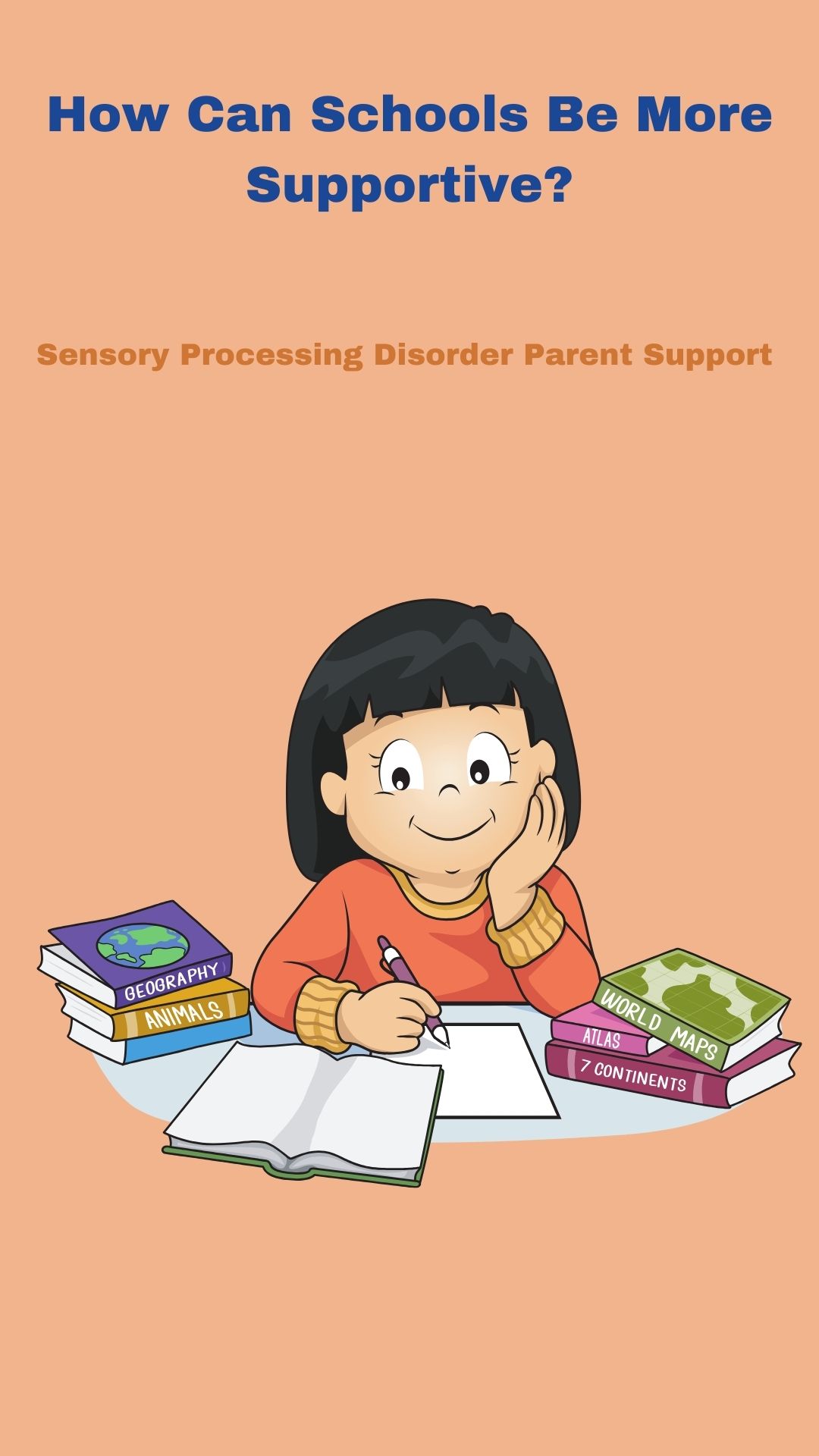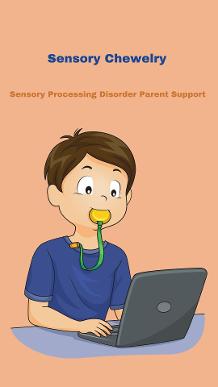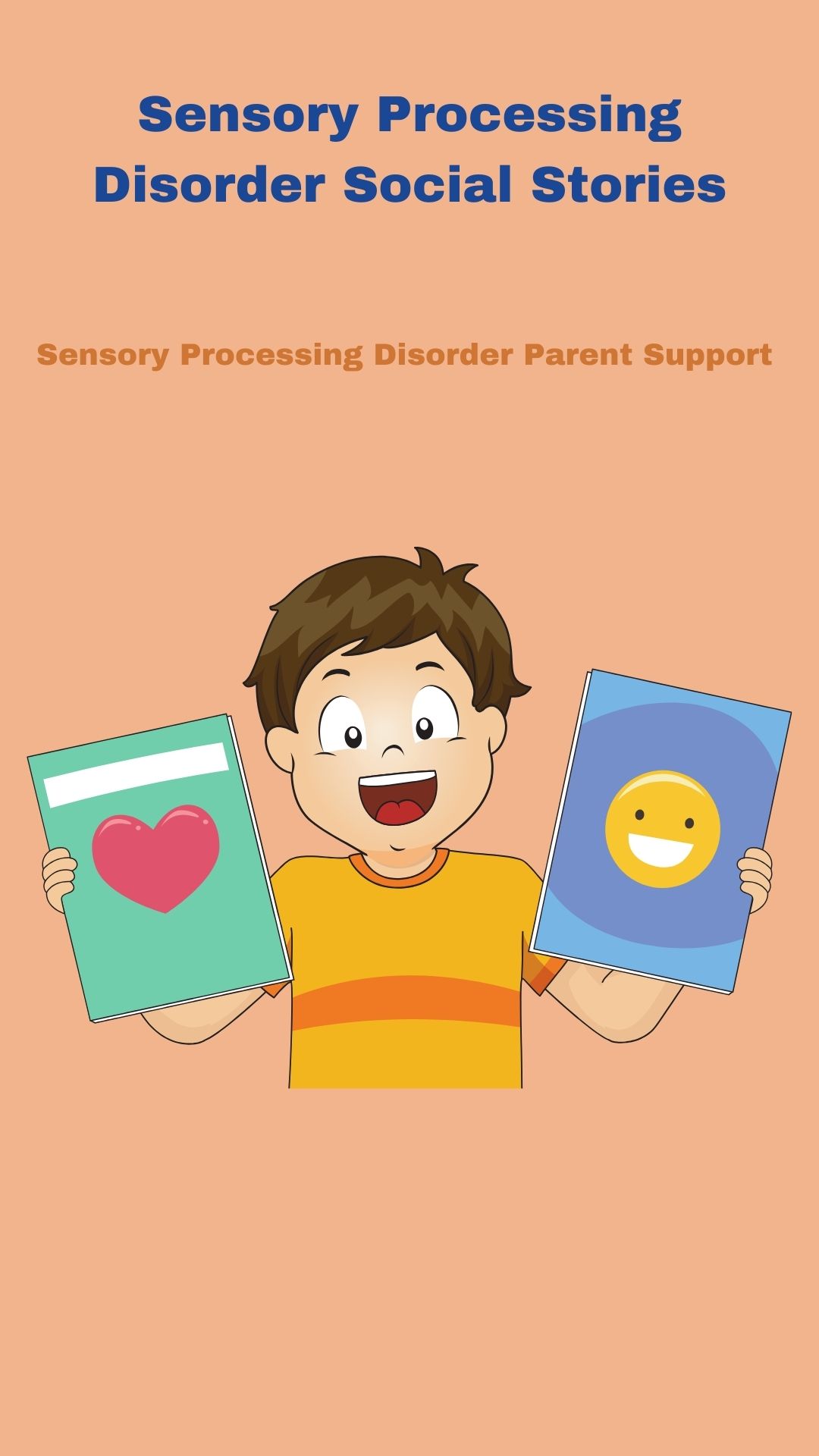28 Ways To Spread Sensory Processing Disorder Awareness
October is National Sensory Awareness Month
Sensory Processing Disorder can affect individuals of all ages. Despite its prevalence, it is often misunderstood and unrecognized. In order to increase understanding and support for those with sensory processing disorder, it is important to spread awareness.
We need to spread awareness not only during National Sensory Awareness Month but all throughout the year too.
With social media and other communication platforms, spreading awareness has become easier than ever before. Here are some ways to effectively spread sensory processing disorder awareness:
With social media and other communication platforms, spreading awareness has become easier than ever before. Here are some ways to effectively spread sensory processing disorder awareness:
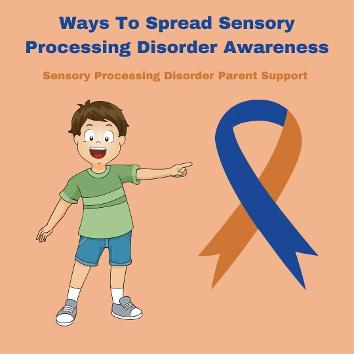
The month of October has been designated as National Sensory Awareness Month in the United States but also recognized all around the world too. This presents a perfect opportunity to raise awareness about sensory processing disorder. You can participate in or organize events such as walks, runs, or workshops to educate people about sensory differences and its impact on individuals and their families.
Organizing community events is a great way to spread awareness about any topic. You can host workshops or seminars where experts can speak about sensory challenges and the common symptoms. You can also invite individuals with sensory issues or their families to share their personal experiences and educate others about the daily challenges they face.
Sensory processing disorder can greatly impact a child's ability to learn and participate in school activities. Collaborating with local schools and organizing awareness programs for students, teachers, and parents can help create a more inclusive and understanding environment for students with sensory differences. This can also lead to increased support and accommodations for these students in the classroom.
Social media is a powerful tool for spreading awareness and reaching a large audience. You can use platforms like Facebook, Twitter, and Instagram to share informative posts, personal stories, and resources about sensory processing disorder. You can also use hashtags like #SPDawareness, #sensoryprocessingdisorder, #orangeandblue and #SPDmonth to reach a wider audience and create a sense of community for those affected by sensory difficulties.
There are several non-profit organizations dedicated to supporting individuals with sensory processing disorder. Partnering with these organizations can help amplify your efforts to spread awareness. You can collaborate with them to organize awareness events or share their resources and information on your social media platforms.
Most professionals that work in healthcare, including doctors and therapists may not be familiar with sensory processing disorder or the common symptoms. Educating them about sensory differences and its impact, you can ensure that individuals with sensory differences receive the appropriate support and treatment. You can organize workshops or provide them with informational materials to help them better understand this often unrecognized disorder.
One of the most powerful ways to spread awareness is by sharing personal stories. If you or someone you know has sensory differences, sharing your experiences through blogs, videos, or social media posts can help others understand and empathize with the challenges individuals with sensory processing disorder experience.
Organizing community events is a great way to spread awareness about any topic. You can host workshops or seminars where experts can speak about sensory challenges and the common symptoms. You can also invite individuals with sensory issues or their families to share their personal experiences and educate others about the daily challenges they face.
Sensory processing disorder can greatly impact a child's ability to learn and participate in school activities. Collaborating with local schools and organizing awareness programs for students, teachers, and parents can help create a more inclusive and understanding environment for students with sensory differences. This can also lead to increased support and accommodations for these students in the classroom.
Social media is a powerful tool for spreading awareness and reaching a large audience. You can use platforms like Facebook, Twitter, and Instagram to share informative posts, personal stories, and resources about sensory processing disorder. You can also use hashtags like #SPDawareness, #sensoryprocessingdisorder, #orangeandblue and #SPDmonth to reach a wider audience and create a sense of community for those affected by sensory difficulties.
There are several non-profit organizations dedicated to supporting individuals with sensory processing disorder. Partnering with these organizations can help amplify your efforts to spread awareness. You can collaborate with them to organize awareness events or share their resources and information on your social media platforms.
Most professionals that work in healthcare, including doctors and therapists may not be familiar with sensory processing disorder or the common symptoms. Educating them about sensory differences and its impact, you can ensure that individuals with sensory differences receive the appropriate support and treatment. You can organize workshops or provide them with informational materials to help them better understand this often unrecognized disorder.
One of the most powerful ways to spread awareness is by sharing personal stories. If you or someone you know has sensory differences, sharing your experiences through blogs, videos, or social media posts can help others understand and empathize with the challenges individuals with sensory processing disorder experience.
1. Learn as much as you can about Sensory Processing Disorder.
2. Any way that you can spread Sensory Processing Disorder awareness it will help increase public understanding about SPD.
3. Remember Knowledge is power!
4. Share everything that you can on Facebook.
5. Tweet about Sensory Processing Disorder on Twitter.
6. Pin links on Pinterest.
7. Post about Sensory Processing Disorder on Instagram.
8. Start a blog about SPD.
9. Take every opportunity to share your Sensory Processing Disorder journey with everyone.
10. Be a guest blogger on a blog.
11. Help others understand more about Sensory Processing Disorder.
12. Spread the word when you learn about new sensory tools to help children who struggle with Sensory Processing Disorder.
13. Become an advocate.
14. Start local walks/runs or sensory days.
15. Talk to local businesses to host sensory days such as theater, museum or play place.
16. Participate in events.
17. Start local a sensory support group.
18. Start a sensory play date group.
19. Wear awareness clothing.
20. Contact your local newspaper and write an article about Sensory Processing Disorder.
21. Call your local news to talk about Sensory Processing Disorder, provide your story.
22. Host an educational event to educate others locally.
23. Distribute brochures, stickers or cards.
24. Suggest friends and family "LIKE" our page on Facebook to learn more about SPD and understand your family. www.facebook.com/sensoryprocessingdisorderparentsupport
25. Send out a mass email to everyone on your contacts list.
26. At your place of employment or your kiddos school request a "wear orange and blue" day!
27. Change your Facebook cover photo and profile photo to something with Sensory Processing Disorder.
28. Start an October National Sensory Awareness Month campaign.
DISCLAIMER: I am not an Occupational Therapist. I am an adult who has Sensory Processing Disorder, a sensory parent and a Grandma. The information on this website is not medical advice and does not replace the information that your child's therapists gives you. These are just ideas and information that I have learned myself over the years of being a parent and an adult living with SPD. If you are concerned for your child, please always seek medical attention through a family doctor, pediatrician or therapist. This website is for suggestions and informational purposes only. Each child is different and what works for one child may not for another because all children have different needs. Please always consult with a professional.
Amazon offers a small commission on products sold through their affiliate links on my website. Each of your purchases through links on my website for Amazon affiliation links or sponsored links supports me but at no additional cost to you so thank you for your purchases. I appreciate it so much!
